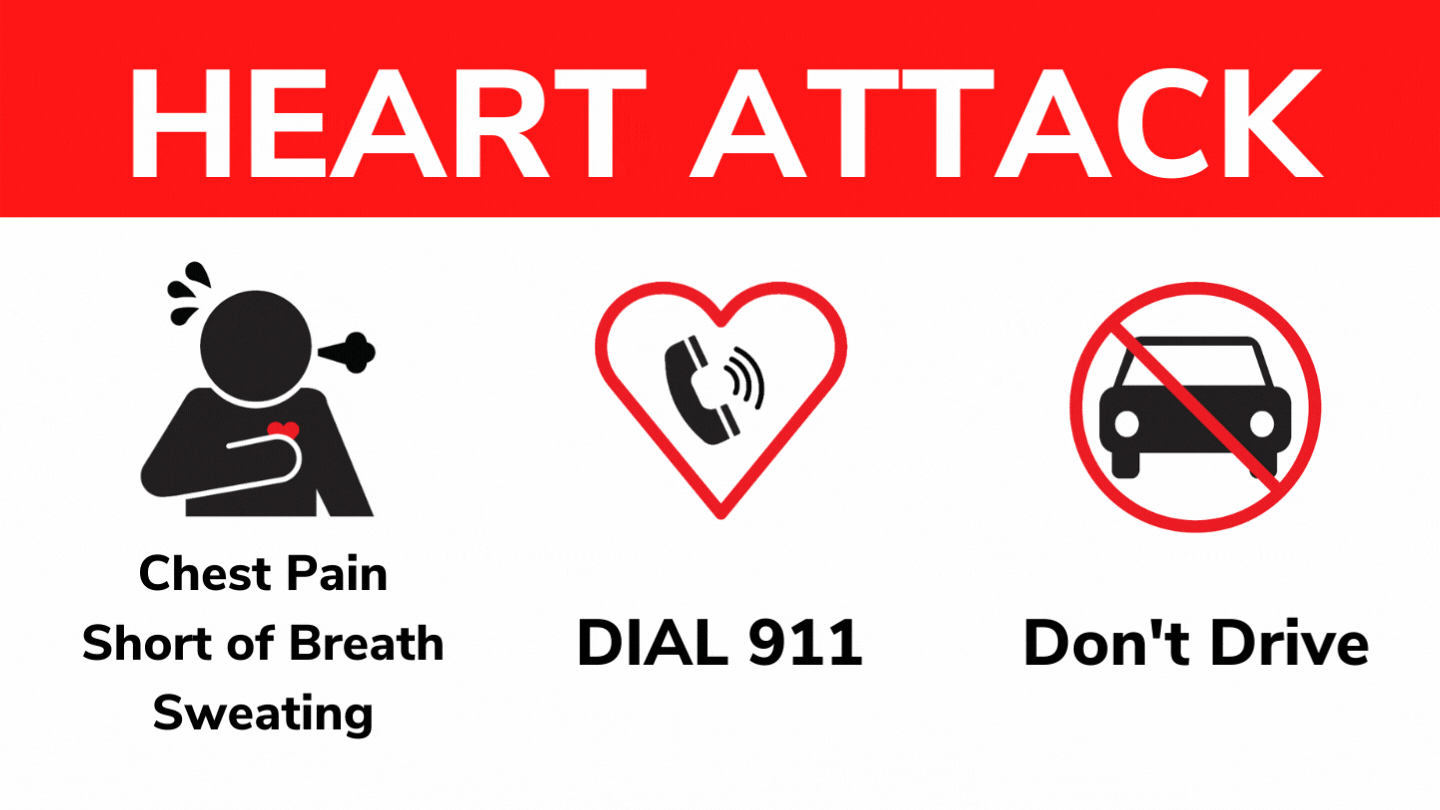March 9, 2022
Submitted by Manitoba ACS Network
After 20 years of responding to medical emergencies as a paramedic, Ron Keelan, District Chief of Paramedic Operations (DCPO) with Winnipeg Fire Paramedic Services (WFPS), was having a heart attack and was now the one who needed help.
“It started as a tingle from my elbows down,” said Keelan. “It was like a light-switch had been turned on and I felt it instantly but thought maybe I’m just tired and dehydrated.”
With no pre-existing health conditions, 44-year-old Keelan regularly met up with his hockey team for a late-night game at the Winnipeg Winter Club. On one of those evenings he began to experience symptoms while on the ice.
“Despite my medical knowledge, my ego got in the way and I was in denial that anything serious was wrong,” said Keelan. “I didn’t want to draw attention to myself, so I decided to play through it.”
Shortly after beginning the game, Ron missed a breakaway. He noticed his arms starting to go numb and had a feeling of intense heartburn. Returning to the bench, he began to consider that something more serious was likely happening as the heartburn quickly escalated into an intense pain. With one hand clutching his chest he waved the other hand in the air cheering on his teammate and brother-in-law, who scored the final goal of the game.
Back in the locker room, instead of regular post game talk, a quietness fell over the dressing room once everyone saw Keelan’s pale face. A teammate who works as an emergency physician, took one look at him and asked, ‘Should I call an ambulance?’ Keelan nodded and, in minutes, first responders arrived.
The most dangerous heart attack is called a “STEMI”, an ST-elevation myocardial infarction. By calling 9-1-1, people having a STEMI are diagnosed three times faster than those who drive themselves to an Emergency Department, and they are cared for faster upon arrival at hospital as well. The minute a 9-1-1 call is answered the STEMI Team begins its work, starting with a call operator providing advice and triaging symptoms to ensure the right resources are dispatched directly to you.
Paramedics on scene are the next members of the STEMI Team. These are highly skilled professionals with specialized training to recognize the signs of a heart attack and can resuscitate if needed. Upon arrival they can do an electrocardiogram tracing right way to detect if someone is having a heart attack. The paramedics send this tracing electronically to the CODE STEMI physician on call. If a STEMI is confirmed by the CODE STEMI physician, the paramedics will begin drug treatment on site.
When a heart attack is confirmed, the STEMI protocol is initiated. The cardiologist and nurses on call for the STEMI Team are alerted and begin preparing the Heart Cath lab to do a stent treatment to unblock the heart artery causing the STEMI. When the patient arrives, the paramedics bypass the emergency department and head straight to the Heart Cath lab. This means the patient can receive rapid intervention in about half the time it would take for a patient who drove – or was driven – to seek care in the emergency room.
Time is muscle
“As a cardiologist, I still see too many people choosing to drive themselves to the hospital when they’re having a heart attack” said Dr. John Ducas, Co-Lead and Medical Director of the Manitoba ACS Network and Cardiologist at St. Boniface Hospital. “Time is muscle. By calling 9-1-1 you receive treatment far faster which will minimize the damage to your heart, and ultimately could save your life. Make the call.”
For every hour treatment is delayed, the chance of larger, more severe heart damage or fatality increases by 10 per cent. In Manitoba, paramedics within 100 kilometers of Winnipeg will bring patients who meet the criteria of the STEMI protocol directly to St. Boniface hospital, Manitoba’s Cardiac Centre of Excellence. For those who live rurally further away, when the CODE STEMI physician is contacted they will decide on the best treatment and immediate transport methods, including air transport, to get the patient the right care as quickly as possible.
“As soon as you call 9-1-1, wheels are set in motion to get you the best possible care, as fast as possible. Given my profession – I knew – maybe too well – what was happening,” Keelan said. New to being a patient and accustomed to being in charge, Keelan recalls telling the paramedics what to do when they arrived “I am a DCPO, I think I’m having a heart attack. I’d like you to run a 12-lead ECG, I’ll take some aspirin and a nitro spray please.”
 In Manitoba, only about half of people experiencing a heart attack call 9-1-1. For those who drive themselves to the emergency department, one in 18 will suffer a fatal cardiac arrest. Those who drive not only endanger themselves but can also put others around them at risk. Patients who call 9-1-1 for care during a heart attack are treated faster, are more likely to survive, and have less heart damage.
In Manitoba, only about half of people experiencing a heart attack call 9-1-1. For those who drive themselves to the emergency department, one in 18 will suffer a fatal cardiac arrest. Those who drive not only endanger themselves but can also put others around them at risk. Patients who call 9-1-1 for care during a heart attack are treated faster, are more likely to survive, and have less heart damage.
“Having a heart attack is an emotional experience. You realize your own mortality very quickly. I started to wonder what life was going to look like from then on,” said Keelan. “It turns out my right coronary artery was completely blocked and my left anterior descending artery was 90 per cent blocked.”
Thanks to his teammates’ call to 9-1-1, Keelan was fast-tracked through the STEMI protocol. Stents were placed to unblock his heart artery very quickly, a process that Keelan credits as not only saving his life but also his heart from serious damage.
“I’ll always remember my attending cardiologist, Dr. Ducas, telling me after my surgery that the rapid intervention meant damage to my heart was trivial,” said Keelan. “I’m proof that if you receive care quickly, damage will be minimized.”
Keelan now is a strong advocate for education of his friends and family about the importance of recognizing symptoms and calling for help.
“I know that if I had chosen to drive, I would not have been as lucky. I’m incredibly grateful to be here today and able to spend quality time with my wife and family. I preach to loved ones and friends, don’t ignore the symptoms. Weakness, chest pains, shortness of breath – it can present different ways – call as early as you can.”
Keelan’s experience as a patient has also solidified his professional support for the STEMI protocol and its benefits.
“Being a patient helped me – as a paramedic – reflect on how I can better support patients going through emotional experiences. I can empathize and reassure them they did the right thing by calling 9-1-1 – and let them know the same thing happened to me, and I’m fine.”
Seven years have passed since Keelan’s heart attack and he is back to being as active as he ever was. He runs, swims and plays hockey three times a week but has made some changes in his diet and self-care to ensure he stays healthy, including keeping track of his blood pressure, taking prescribed medications to keep his condition in check and choosing healthier food.
“The STEMI team literally saved my life. Not only that but they saved my quality of life. Sometimes I forget it even happened, and that’s huge.”
For more information on ‘Dial Don’t Drive’ visit: Manitoba ACS Network (mbacsnetwork.ca)


